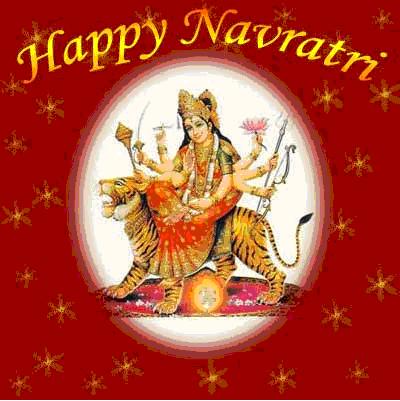~ Reetu Bajaj ’12
Usually celebrated in September or October, Navratri has quite the amount of legends behind its origin. In general, they relate to the Goddess Shakti (Hindu Mother Goddess) and her various forms. This holiday holds special significance for Gujaratis and Bengalis, which can be seen in the highlights of Dandiya and Garba Raas (traditional dance involving sticks) that occurs throughout Gujarat, while farmers sow seeds and thank the Goddess for her blessings and pray for better harvest. In older times, Navratri was associated with the fertility of Mother Earth who feed us as her children.
The first three days of the festival are dedicated to Goddess Durga, who is the Warrior Goddess dressed in red and mounted on a lion or tiger. She has three types of incarnations – Kumari, Parvati, and Kali, who are worshipped during these three days. Interestingly, these incarnations represent the different stages of a woman: child, young girl, and the mature woman. The next set of three days are dedicated to Goddess Lakshmi, the Goddess of Wealth and Prosperity, dressed in gold and usually shown as standing on a lotus. The last sets of three days are devoted to Goddess Saraswati, the Goddess of Knowledge, in milky white and mounted on a pure white swan.
The festival concludes on Mahanavami, in which the Kanya Puja is performed. This ceremony involves nine girls, representing the nine forms of Goddess Durga. Their feet are washed as a mark of respect for the Goddess and then they are presented new clothes as gifts by the worshiper. This ritual is performed in most parts of the country. Although some people undergo a rigorous fast during this nine day celebration, it is nonetheless marked by colorful performances, entertaining dancing, and delicious sweetmeats.

Goddess Durga